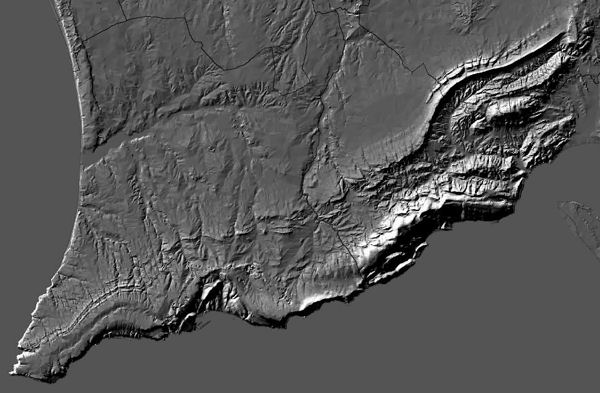belem
Cumulonimbus
Ok while you are done playing with words the fact remains that there is no other area warmer than Palaiohora for the relevant period in geo Europe from the stations we have...And there wont be one... at least outside South Crete.
There won´t be?
I wouldn´t be that confident, mostly when lacking proof.
And honestly and sincerely, who cares, since there´s not enough data to conclude anything apart from my rational play with words, that A or B is not the entire universe in question.
Curiously, me and more people from this forum, already had a discussion, about which are the warmest areas in Portugal, during the summer. Firstly, we had to cross several different data, to locate the places with the best probabilities to reach big values. Many things confused us, such as lack of nearby weather stations (Portugal actually has lack of it in many places, compared with many countries) soil constitution, mountain chains, the fact that some places are much better to hold high night temperatures than the others and so on... The conclusion were that only after measuring weather data from several locations (that were identified by the probability study), we could increase the probabilities of having a clearer view (still not a conclusion that could take 30 years to be made).
So, I´m just applying with your European comparison, the same conclusion that I applied for Portugal. It´s nothing new and it´s terribly basic and simple. And for such big areas, as entire peninsulas, the limitations could only be even bigger!
We know what are the present known places from the IM weather stations with higher summer temperatures, but we would be lying to ourselves to say that they are the warmest places in Portugal in the summer.
The difference suggested by the probability studies, actually is so big, that the differences can be considered even laughable.
It´s a completely different environment, proven by a completely different vegetation composition and soil constitution...
Hum... I don´t see what´s the point of having an agreement, when what´s essential, is in disagreement.





 .Wake up dedalus.South Crete beats the crap out of any location of Spain in the IP and you know that. Also remember how beautifully I deconstructed the argument that during the summer IP is warmer than Greece.Nah nah girl .Greece and especially the Attica peninsula can make the warmest area of the IP seem like the North Pole in summer means.Even Palaiohora beats Seville in the above period.Deal with it, Greece's climatology will always makes you cry your balls out be it summer or winter lol
.Wake up dedalus.South Crete beats the crap out of any location of Spain in the IP and you know that. Also remember how beautifully I deconstructed the argument that during the summer IP is warmer than Greece.Nah nah girl .Greece and especially the Attica peninsula can make the warmest area of the IP seem like the North Pole in summer means.Even Palaiohora beats Seville in the above period.Deal with it, Greece's climatology will always makes you cry your balls out be it summer or winter lol